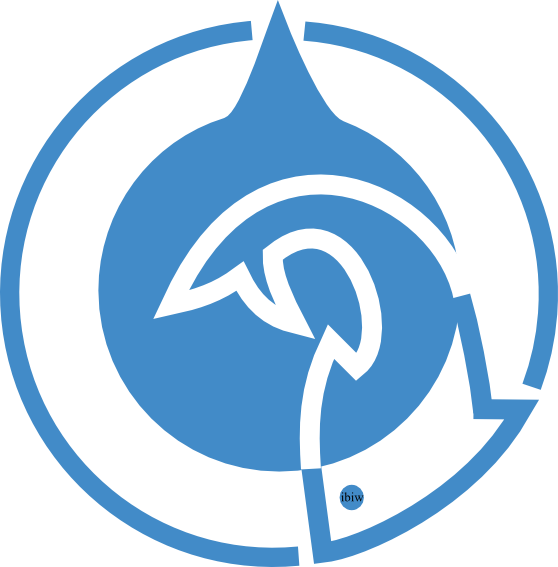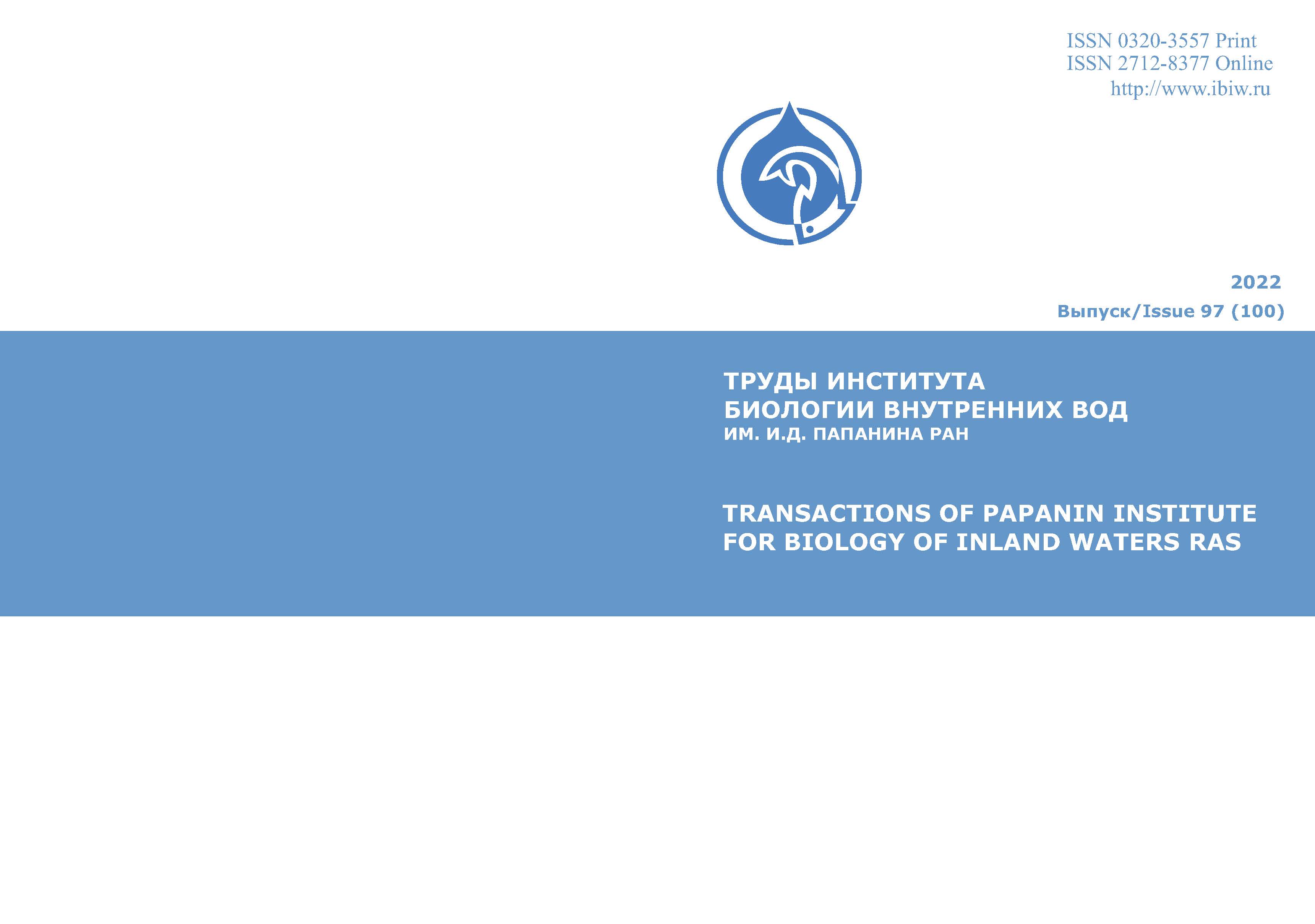The results of studies of bottom Artemia cysts in Kuchukskoe Lake and Bolshoe Yarovoe Lake of the Altai Territory in 2020 are presents. Artemia cysts at the bottom of lakes were observed all year. This number depended on the type of soil. The biomass of bottom cysts in Kuchukskoe Lake was 154.2 tons in spring, of which available and externally-whole – from 11.8 to 25.2 tons. Bottom Artemia cysts are not available on 27% of the lake area in Kuchukskoe Lake due to the high salinity of the water and salt precipitation. The viability of cysts from shallow bottom areas was 8.9% in spring. In Kuchukskoe Lake the main role in the formation of first generation Artemia in spring is played by cysts from accumulations on the coast, washed away by the runoff of melt water. The deep water of Bolshoe Yarovoe Lake determines the peculiarities of the temperature regime in spring, which prevents the rise of Artemia cysts from the bottom from depths of more than 7.0 m. Significant silt deposits at the bottom of the lake are an aggressive environment for cysts, which is shown by the presence of different group of quality: externally-whole, with defective chorion, gray or black color. The biomass of bottom cysts in Bolshoe Yarovoe Lake was 38934 tons in autumn of 2020, which exceeds the reproductive capacity of the Artemia population in one year. This proves the long-term period of accumulation of cysts at the bottom and their incomplete participation in the formation of the Artemia first generation in spring. The maximum hatching of nauplius from bottom cysts in spring from a depth of more than 9.0 m was 16%, from a depth of 8.0 m – 26%.
Artemia (brine shrimp), hyperhaline lakes, diapausing eggs (cysts), Artemia cysts on the bottom, hatching
1. Alekin O.A. Osnovy gidrohimii. L.: Gidrometeoizdat, 1970. 442 s.
2. Bogoslovskiy B.B. Ozerovedenie. M.: Izd-vo MGU, 1960. 335 s.
3. Vereschagin G.Yu. Metody morfometricheskoy harakteristiki ozer // Tr. Olonec. nauch. eksp., 1930. Vyp. 1, ch. II. Geografiya. 106 s.
4. Vesnina L.V., Permyakova G.V. Vliyanie tehnogennogo faktora na biotu ozera Kuchukskoe (Altayskiy kray) // Ekologicheskie problemy presnovodnyh rybohozyaystvennyh vodoemov Rossii: materialy Vseros. nauch. konf. s mezhdunar. uchastiem. SPb.: Feniks, 2011. S. 72-75.
5. Vesnina L.V., Permyakova G.V. Dinamika chislennosti i raspredelenie raznovozrastnyh osobey zhabronogogo rachka roda Artemia Leach, 1819 i ego cist v glubokovodnom ozere Bol'shoe Yarovoe Altayskogo kraya // Vestnik Tomskogo gos. un-ta. 2013. №1(21). S. 89-102.
6. Vesnina L.V., Lukerina G.V., Ronzhina T.O., Rezul'taty mnogoletnego ekologicheskogo monitoringa gipergalinnogo ozera Bol'shoe Yarovoe, g. Slavgorod Altayskogo kraya // Rybnoe hozyaystvo, 2019. № 4 (159). S. 19-27.
7. Vizer L.S., Rostovcev A.A. Monitoring Artemia sp. v gipergalinnom ozere Karachi // Vest. NGAU. 2016. № 2. S. 65-70.
8. Vodoemy Altayskogo kraya: biologicheskaya produktivnost' i perspektivy ispol'zovaniya. Novosibirsk: Nauka; Sib. predpriyatie RAN, 1999. 285 s.
9. Zhadin V.I. Zhizn' v rekah. Bentos // Zhizn' presnyh vod SSSR. M.-L.: AN SSSR, 1950. T. 3. S. 149-183.
10. Ivanov P.V. Klassifikaciya ozer po velichine i po ih sredney glubine // Byul. LGU, 1948. № 21. S. 29-36.
11. Instrukciya po ispol'zovaniyu artemii v akvakul'ture. Tyumen': SibrybNIIproekt, 2000. 59 s.
12. Kiselev I.A. Plankton morey i kontinental'nyh vodoemov. Vvodnye i obschie voprosy planktologii. M.: Nauka, 1969. T. 1. 440 s.
13. Klepikov R.A. Cisty rachka Artemia Leach, 1819 v gipergalinnyh ozerah Altayskogo kraya: Avtoref. dis. … kand. biol. nauk. Novosibirsk, 2012. 23 s.
14. Konstantinov A.S. Obschaya gidrobiologiya. M.: Vyssh. shk., 1979. 480 s.
15. Litvinenko A.I., Boyko E.G., Korentovich M.A., Razova L.F. Istoriya izucheniya bentosnyh cist artemii // Vestnik rybohozyaystvennoy nauki. 2018. T. 5. № 3(19). S. 31-40.
16. Litvinenko L.I., Litvinenko A.I., Boyko E.G. Artemiya v ozerah Zapadnoy Sibiri. Novosibirsk: Nauka, 2009. 304 s.
17. Litvinenko L.I., Litvinenko A.I., Boyko E.G., Kucanov K.V., Korentovich M.A. Vliyanie promysla cist artemii na ekosistemu gipergalinnogo ozera. // Zhurn. Sib. Feder. Un-ta. Biologiya, 2020. № 13(4). S. 348-367. doi:https://doi.org/10.17516/1997-1389-0333.
18. Metodicheskie rekomendacii po ocenke zapasa i prognozirovaniyu rekomendovannogo ob'ema dobychi (vylova) artemii. M.: Izd-vo VNIRO, 2019. 50 s.
19. Oksiyuk O.P. Zhukinskiy V.N. Kompleksnaya ekologicheskaya klassifikaciya kachestva poverhnostnyh vod sushi // Gidrobiol. zhurn. 1993. T. 29. Vyp. 4. S. 62-76.
20. Permyakova G.V. Zhabronogiy rachok Artemia Leach, 1819 v gipergalinnyh ozerah Altaya (na primere ozera Bol'shoe Yarovoe): Avtoref. dis. …kand. biol. nauk. Novosibirsk, 2012. 23 s.
21. Permyakova G.V., Vesnina L.V. Sostoyanie promyslovyh zapasov cist Artemia sp. v gipergalinnyh vodoemah Altayskogo kraya // Voprosy akvakul'tury: tez. dokl. Pervoy konf. molodyh uchenyh NACEE. Tyumen': Gosrybcentr, 2009. S. 39-40.
22. Semik A.M., Ushakova A.O. Sovremennoe sostoyanie zapasov zhabronogogo rachka artemii (Artemia salina L.) v solenyh ozerah Respubliki Krym. // Trudy YugNIRO, 2017. T. 54. S. 137-141.
23. Solovov V.P., Studenikina T.L. Rachok artemiya v ozerah Zapadnoy Sibiri: morfologiya, ekologiya, perspektivy hozyaystvennogo ispol'zovaniya. Novosibisk: Nauka. Sib. otd-nie, 1990. 81 s.
24. Spektorova L.V. Obzor zarubezhnogo opyta razvedeniya artemii dlya ispol'zovaniya ee v akvakul'ture. M.: VNIRO, 1984. 63 s.
25. Hmeleva N.N. Zakonomernosti razmnozheniya rakoobraznyh. Minsk: Nauka i tehnika, 1988. 208 s.
26. Belovsky G.E., Perchon C., Larson Ch., Mellison Ch., Slade J., Mahon H., Appiah-Madson H., Luft J., Mosley R., Neill J., Stone K., Kijowski A. Overwinter survival of crustacean diapausing cysts: Brine shrimp (Artemia franciscana) in Great Salt Lake, Utah // Limnol. Oceanogr. 2019. № 64. P. 2538-2549. doi:https://doi.org/10.1002/lno.11203.
27. Belovsky G.E., Pershon C. A management case study for a new fishery: Brine shrimp harvesting in Great Salt Lake. // Ecol. Appl., 2019. № 29(3): e01864. doi:https://doi.org/10.1002/eap. 1864.
28. Drinkwater L.E., Crowe J.H. Hydration state, metabolism, and hatching of Mono Lake Artemia cysts. // Biol. Bul., 1991. Jun;180(3). R. 432-439.
29. http://3planeta
30. Manual for the culture and use of brine shrimp in aquaculture. Belgium: Ghent universiteit, 1986. 319 p.
31. Sorokin D.Yu., Tourova T.P., Lysenko A.M. and Muyzer G. Diversity of culturable halophilic sulfur-oxidizing bacteria in hypersaline habitats // Microbiology, 2006. № 152. R. 3013-3023. doi:https://doi.org/10.1099/mic.0.29106-0.
32. Sura S.A., Belovsky G.E. Impacts of harvesting on brine shrimp (Artemia franciscana) in Great Salt Lake, Utah, USA. // Ecol. Appl., 2016. № 26(2). R. 407-414.
33. Van Stappen G. Introduction, biology and ecology of Artemia // Manual on the production and use of live food for aquaculture. Laboratory of Aquaculture and Artemia Reference Center, University of Ghent, Belgium, 1996. P. 79-136.
34. Vanhaecke P., Cooreman A., Sorgeloos P. International study on Artemia. XV. Effect of light intensity on hatching rate of Artemia cysts from different geographical origin. // Mar. Ecol. Prog. Ser., 1981. Vol. 5. P. 111-114.
35. Vanhaecke P., Siddall S.E., Sorgeloos P International study on Artemia. XXXII. Combined effects of temperature and salinity on the survival of Artemia of various geographical origin. // J. Exp. Mar. Biol. Ecol., 1984. Vol. 80. P. 259-275.








